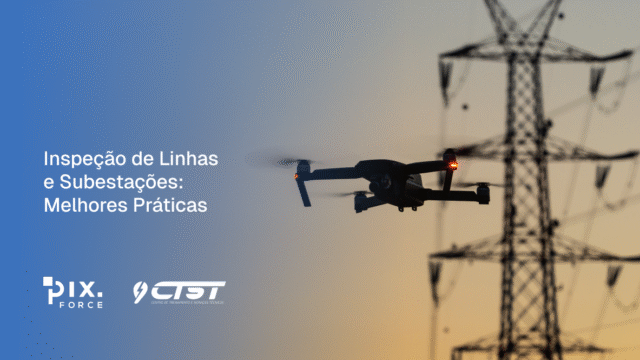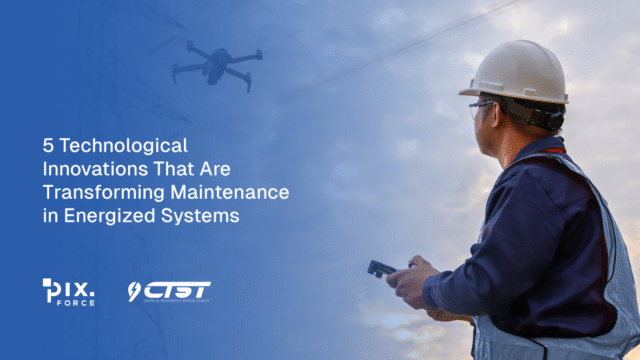Occupational risk assessment is an essential part of occupational safety management. With increased awareness of mental health, it is becoming essential to integrate these aspects into safety policies.
This article, which is a Complete Guide to Occupational Risk Assessment and Mental Health, aims to provide a clear understanding of how to identify, analyze and manage risks in the workplace, promoting a safer and healthier environment for employees.
READ ALSO:
Conteúdo
What is the RMP and why has it replaced the PPRA?
The PGR (Risk Management Program) is an updated approach to occupational risk management. It was implemented to replace the PPRA (Environmental Risk Prevention Program) due to the need for more integrated and efficient management. The PGR involves identifying and controlling risks, promoting a safer and healthier working environment.
Understand the new NR-1 and its implications (2024)
The new NR-1, which will come into force in 2024, brings significant changes to occupational safety guidelines. It emphasizes the importance of risk management in a more comprehensive way.
The standard establishes that all companies must implement the RMP, covering all activities and workers, with the aim of preventing accidents and promoting mental health in the workplace.
Mandatory components of the RMP: Risk Inventory and Action Plan
The components of the RMP include the risk inventory, which identifies the hazards in the workplace, and the action plan, which defines the measures to be taken to mitigate these risks. This structure ensures that the company takes preventive action, providing a safer environment for all employees.
The PPRA was replaced by the PGR to meet the new demands of the labor market, which require a more proactive approach. The main changes include a more holistic approach to risk management, integration with other safety standards and a greater focus on mental health, reflecting the evolution of occupational safety practices.
How to carry out the occupational risk assessment in the RMP?
To carry out the occupational risk assessment in the RMP, it is essential to follow a systematic process. First, identify the risks present in the work environment.
Then analyze the probability of occurrence and the severity of the consequences. This assessment makes it possible to prioritize risks and develop effective measures to mitigate them, guaranteeing worker safety and compliance with standards.
Step by step to classify risks (probability × severity)
Classifying risks involves analyzing two main factors: the probability of an event occurring and the severity of its consequences. First, use a league table to assign a score to the probability, which can range from low to high.
Then do the same for severity. Multiply the values obtained to determine the risk level. This classification helps prioritize actions and direct corrective measures.
AIHA and Fundacentro gradation tables: how to use them?
Recording tables, such as those of the AIHA (American Industrial Hygiene Association) and Fundacentro, are useful tools in risk assessment. They provide criteria for classifying the severity and probability of the risks identified. To use them, the data collected during the assessment must be compared with the parameters established in the tables, helping to determine the severity and the need for intervention.
Practical example: calculating the risk level (in the case of occupational noise)
To calculate the level of risk related to occupational noise, first identify the noise intensity in decibels (dB) in the work environment. Next, classify the probability of exposure and the severity of the impact on employees’ health. By multiplying the two values, it will be possible to determine the level of risk associated with the noise, allowing appropriate measures to be taken to mitigate it.
Occupational risks you can’t ignore in 2025
In 2025, identifying and managing occupational risks will become even more crucial. In addition to traditional risks, new threats, such as those related to mental health, need to be prioritized.
It is essential that companies develop effective strategies to mitigate these risks and offer a safe and healthy working environment, promoting the well-being of all employees.
Traditional risks: physical, chemical and biological
Traditional risks include physical, chemical and biological. Physical risks range from falls and repetitive strain injuries to exposure to noise and extreme temperatures.
Chemical risks refer to exposure to dangerous substances, which can cause chronic and acute illnesses. Finally, biological risks involve agents such as bacteria, viruses and fungi, which can lead to infections and other health complications.
Emerging risks: mental health and burnout (ILO and INSS data)
In recent years, emerging risks related to mental health have been increasingly recognized.
Data from the ILO (International Labor Organization) indicates that one in five workers suffers from mental health problems.
Burnout, on the other hand, is a condition that affects the productivity and well-being of employees. Information from the INSS shows that sick leave for these reasons is on the rise, highlighting the importance of preventive action in companies.
In order to include psychological risks in the RMP inventory, it is essential to begin a careful analysis of the work environment and the dynamics between employees.
Therefore, carry out surveys and interviews to identify stress factors and situations that could lead to burnout. Once identified, assess the intensity of these risks and develop an action plan that includes training, psychological support and strategies to promote a healthier environment, prioritizing mental well-being.
NR-1 and the legal obligations for companies
Regulatory Standard NR-1 establishes essential guidelines for managing health and safety at work. Companies have a legal responsibility to implement the Risk Management Program (PGR) and ensure that all obligations are being met. This includes identifying, analyzing and controlling occupational risks, as well as promoting a safe working environment.
Deadlines and validity of the RMP: when to review? (2 or 3 years)
The RMP should be reviewed every two or three years, depending on the complexity of the company’s activities and the associated level of risk. In addition, reviews should take place whenever there are significant changes in operations, the introduction of new equipment or processes, or after accidents. This updating is crucial to ensure that the program remains effective in the face of the realities of the work environment, guaranteeing that risks are continually monitored and mitigated.
Remember that individual micro-entrepreneurs (MEIs) and micro-companies are exempt from the obligation to draw up the RMP, as determined by law. However, this does not exempt them from ensuring that their employees work in a safe environment.
Although the requirement for a formal RMP does not apply, these companies must still adopt measures to control and prevent occupational risks, promoting health and safety practices at work, according to their capabilities and conditions.
Mental health at work: costs and prevention in the RMP
Mental health at work is an increasingly relevant issue, impacting not only the quality of life of workers, but also the productivity of companies and the economy as a whole.
Mental disorders can generate significant costs, affecting a country’s GDP. Investing in prevention and promotion of mental health in the workplace is fundamental, and the RMP should include strategies that prioritize psychological well-being, ensuring a healthy and productive workplace.
Mental disorders have a significant financial impact, contributing to reduced productivity and increasing healthcare costs.
With the updating of legislation, burnout has been recognized as an occupational disease by the ICD-11 (International Classification of Diseases). This change underscores the importance of companies implementing measures to prevent emotional exhaustion and promote a healthy working environment. Legal recognition means that workers affected by burnout are entitled to medical care and benefits, reinforcing the need for mental health programs in the workplace and an RMP that encompasses psychological risks.
Proactive strategies: mental health programs in companies
Implementing proactive mental health programs in companies is essential for promoting employee well-being and preventing psychological disorders. These programs can include stress management training, emotional intelligence workshops and psychological support.
Based on the RMP, organizations should develop actions that prioritize mental health, creating an organizational culture that values self-care, encouraging open dialogue about emotional health and establishing support mechanisms for employees.
Tools and models for implementing the RMP
To facilitate the implementation of the RMP, various tools and models are available, allowing companies to manage risks more effectively. The use of specialized software and automation can speed up data collection and analysis, helping to identify risks and continuously monitor working conditions. These tools help organizations keep up to date with legal requirements and promote safer and healthier working environments.
Technology in risk management: software and automation
Risk management and automation software are indispensable tools for companies looking to implement an efficient RMP. These systems allow organizations to carry out risk assessments, monitor working conditions and generate reports in a practical way. They also make it possible to integrate data in real time, facilitating decision-making and communication between sectors, contributing to the continuous improvement of occupational safety practices.
Conclusion
In a constantly evolving work environment, attention to occupational risks and the mental health of employees is fundamental to the success of organizations. Effective implementation of the Risk Management Program (PGR) and compliance with NR-1 guarantee not only legal protection, but also the promotion of well-being in the workplace.
Investing in mental health and prevention strategies translates into significant gains for companies, reducing costs and increasing productivity. By prioritizing safety and health, organizations create a healthier and more sustainable space, benefiting everyone involved.










